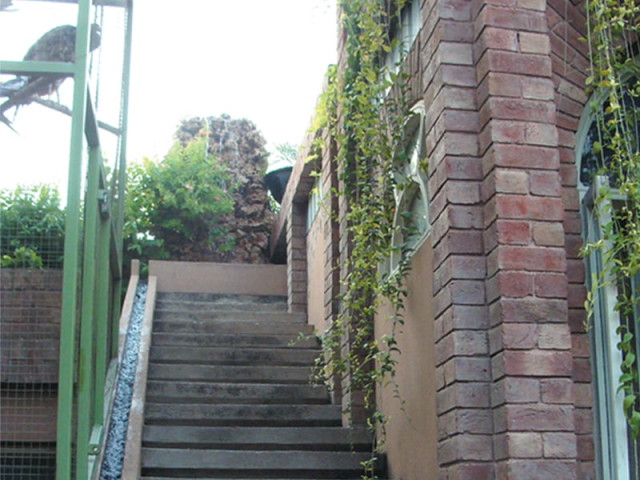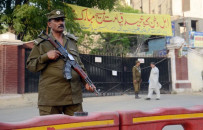The green house
But while his fellow Lahoris sweat and freeze (depending on the time of year), Dr Shakeel Qureshi stays cool

At first glance, the red-bricked house is indistinguishable from the other structures in this Model Town lane. But once you step inside, you soon notice a difference. Even at the height of summer, you won’t hear the reassuring whine of air conditioners, and during winter, heaters are conspicuous by their absence. That’s because the owner of this house, architect Shakeel Qureshi, has designed what is possibly the most energy-efficient building in Pakistan.
“Pakistani homes consume 52% of our total energy resources, which is one of the highest percentages in developing countries,” says Qureshi. “In an energy-deficient country, we need to rethink our strategy and conserve energy so that we can direct these resources towards industry which needs this energy for constructive purposes.’
The house is built around two main principles: insulation and temperature control. First, thanks to efficient design, energy losses through windows, doors, walls and ceilings are minimised. Secondly, there is a system of ducts under the floor which run parallel to a pipe in which water flows, acting as a remarkably low cost temperature-controlling system.
“The air in the house is recycled as it goes through an exhaust fan in the kitchen into the duct, and enters each room through a vent, while water in the pipes is cooled or warmed depending on the season,” explains Qureshi. While the flooring keeps the temperature controlled, energy losses have also been controlled with the help of gardens on top of each room and the fact that direct sunlight does not fall on any of the living room walls.
The roof gardens, with their mini-waterfalls and numerous water channels, also serve several practical purposes. Household vegetables are being grown on top of two rooms while other rooftop spaces have been made into sitting areas. “One to six inches of moist soil on the roof, with plants growing in it, provides perfect insulation to the rooms underneath, and minimises energy losses from below,” says Qureshi, while pointing to the gardens on each roof.
The exterior walls of the building have been designed with a hollow space between them, allowing the cooled or warmed air to circulate and also providing insulation at the same time.
Qureshi claims that when the three-storey house was built back in the 1990s, the structure cost a mere Rs900,000. He maintains that even if you built it today, it would still be 20 per cent cheaper than the kind of structures that are currently in vogue. “I have used arched walls in the structure, which has reduced the quantity of brick, concrete and other required materials,” he explains.
In fact, Qureshi feels that it’s our blind adherence to unsuitable architecture that is to blame for most of our power woes. “The western model of construction has led to the spread of energy-inefficient homes, whereas our own historical architecture was made keeping in mind the extreme temperatures in Pakistan. I designed this house to suit our local needs,” says Qureshi proudly.
Equally remarkable is the fact that this house is built on a mere 250 square yards, and still accommodates a car porch, a drawing room, a dining room, a kitchen, four bed rooms with attached toilets, and two stores. These spaces are planned in split levels so that one does not have to ascend or descend full floor lengths, and this helps creating more living space than is found in larger houses.
Still, Qureshi feels that his job is not quite done yet. With so many frequent power and gas cuts in Lahore now, he is thinking of shifting to solar power in order to become fully self-sufficient. “The next step is to self-produce energy so that our house is totally self-reliant. All I need to run is a fan, a few household items and the geyser in winters. All these require a really small amount of solar power,” he concludes.
Published in The Express Tribune, Sunday Magazine, December 11th, 2011.



















COMMENTS
Comments are moderated and generally will be posted if they are on-topic and not abusive.
For more information, please see our Comments FAQ